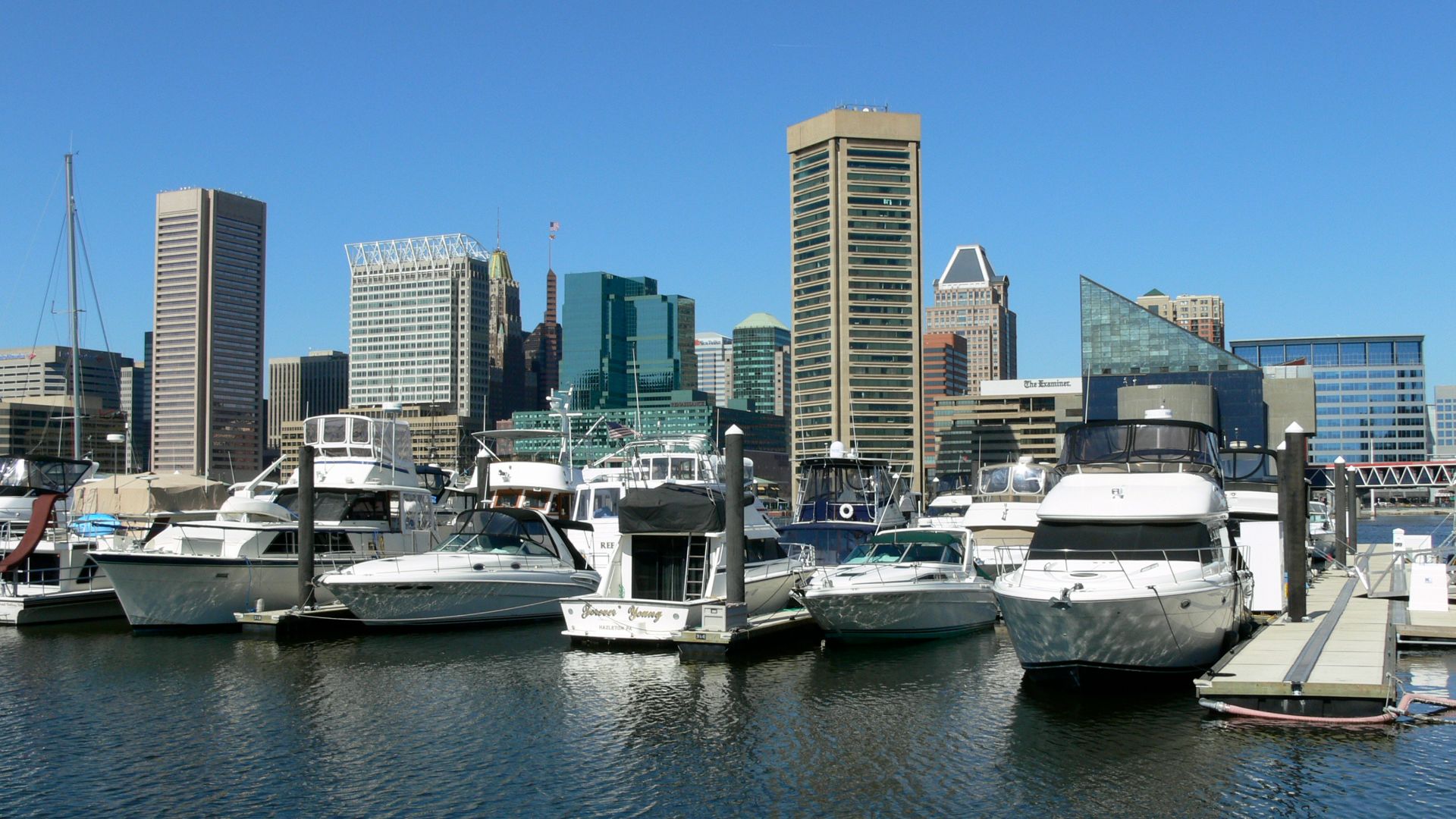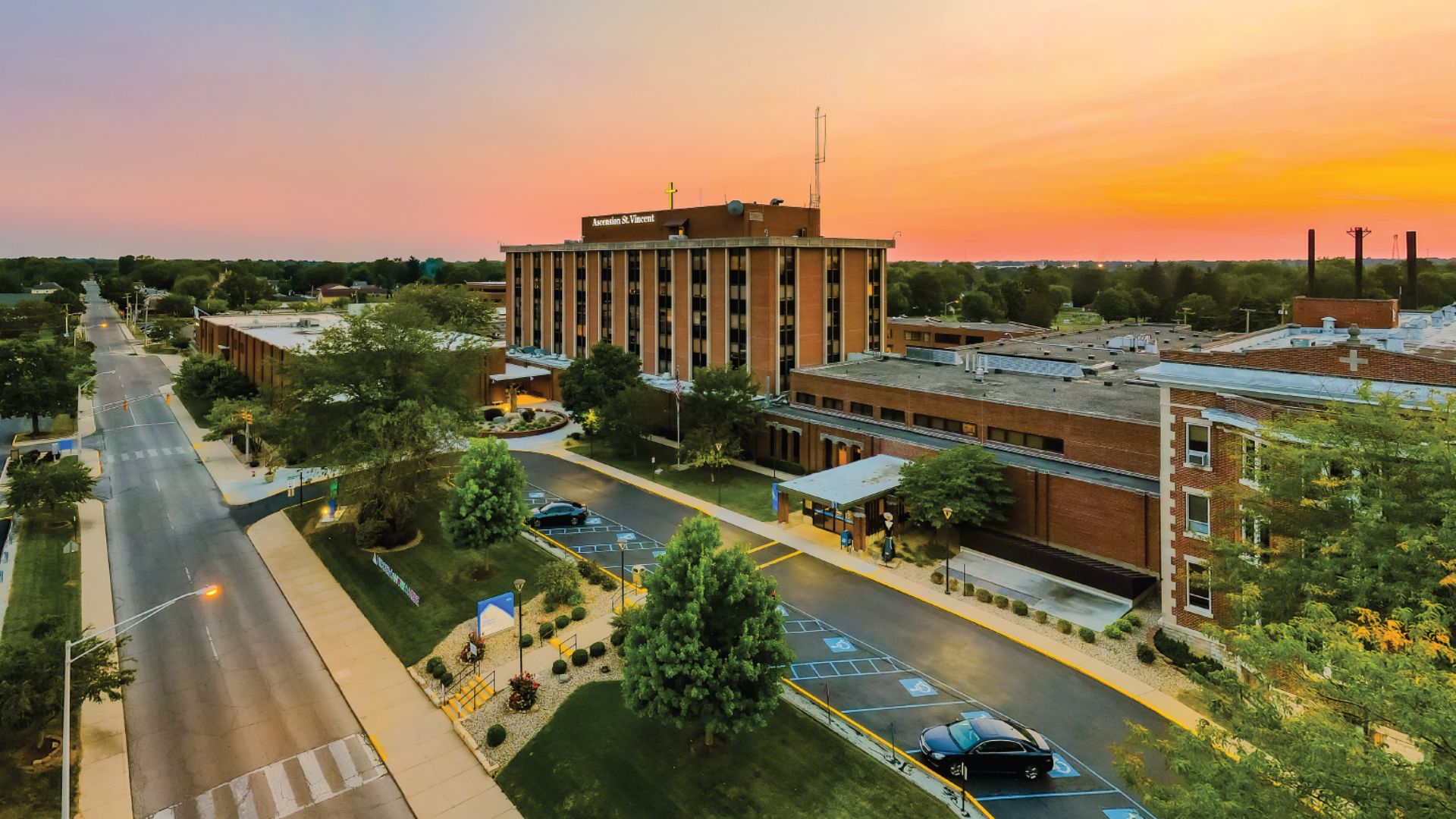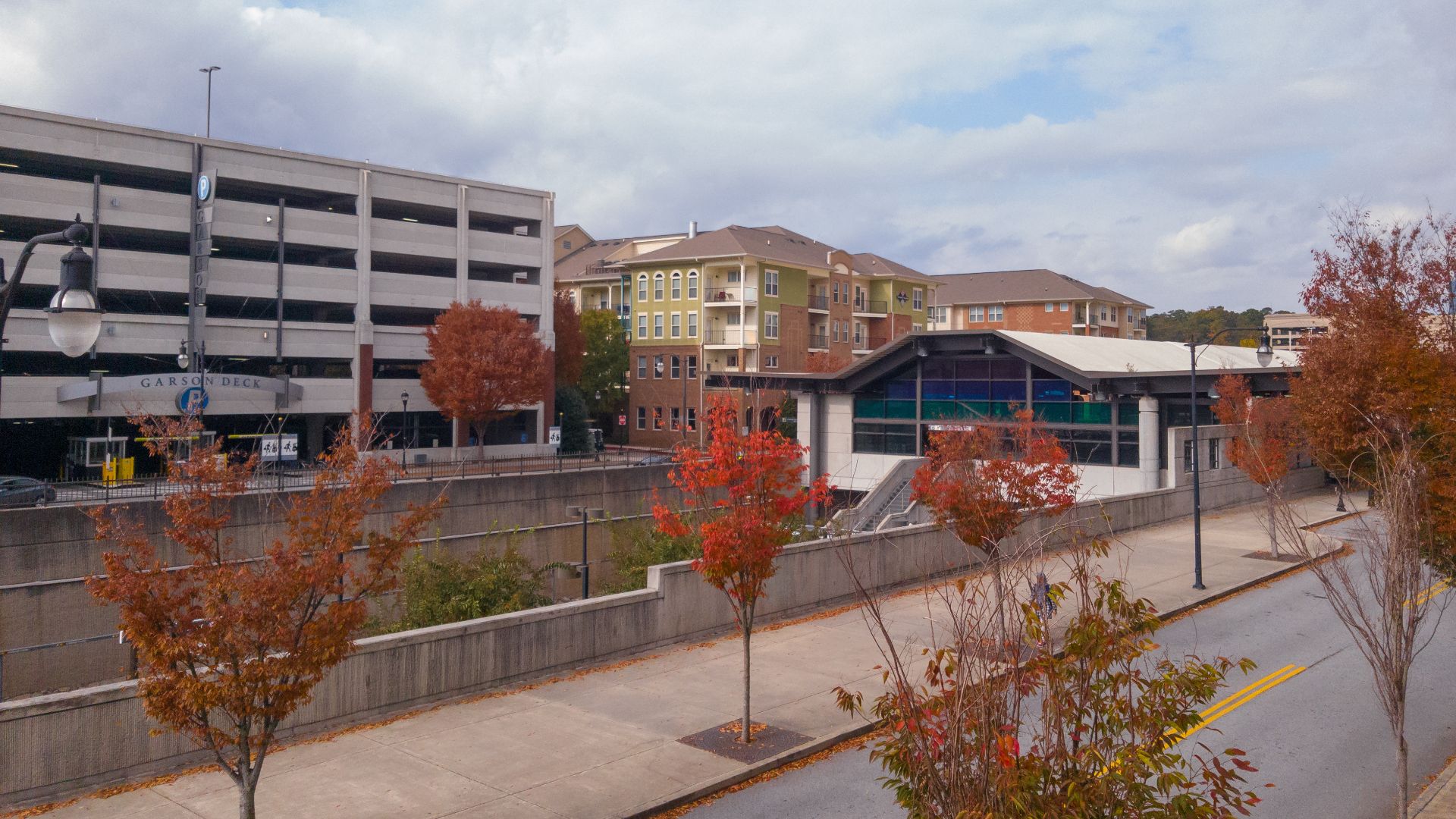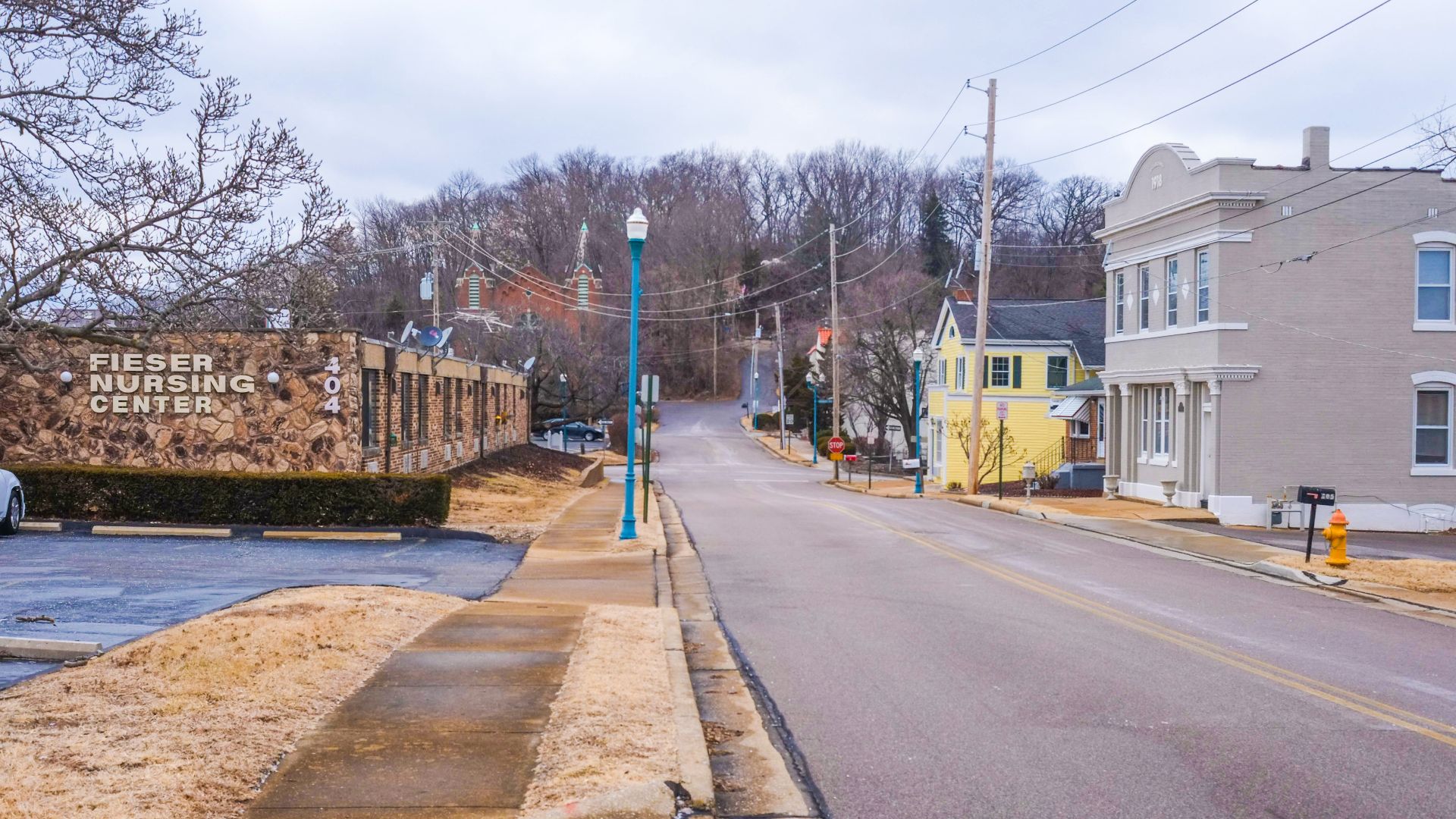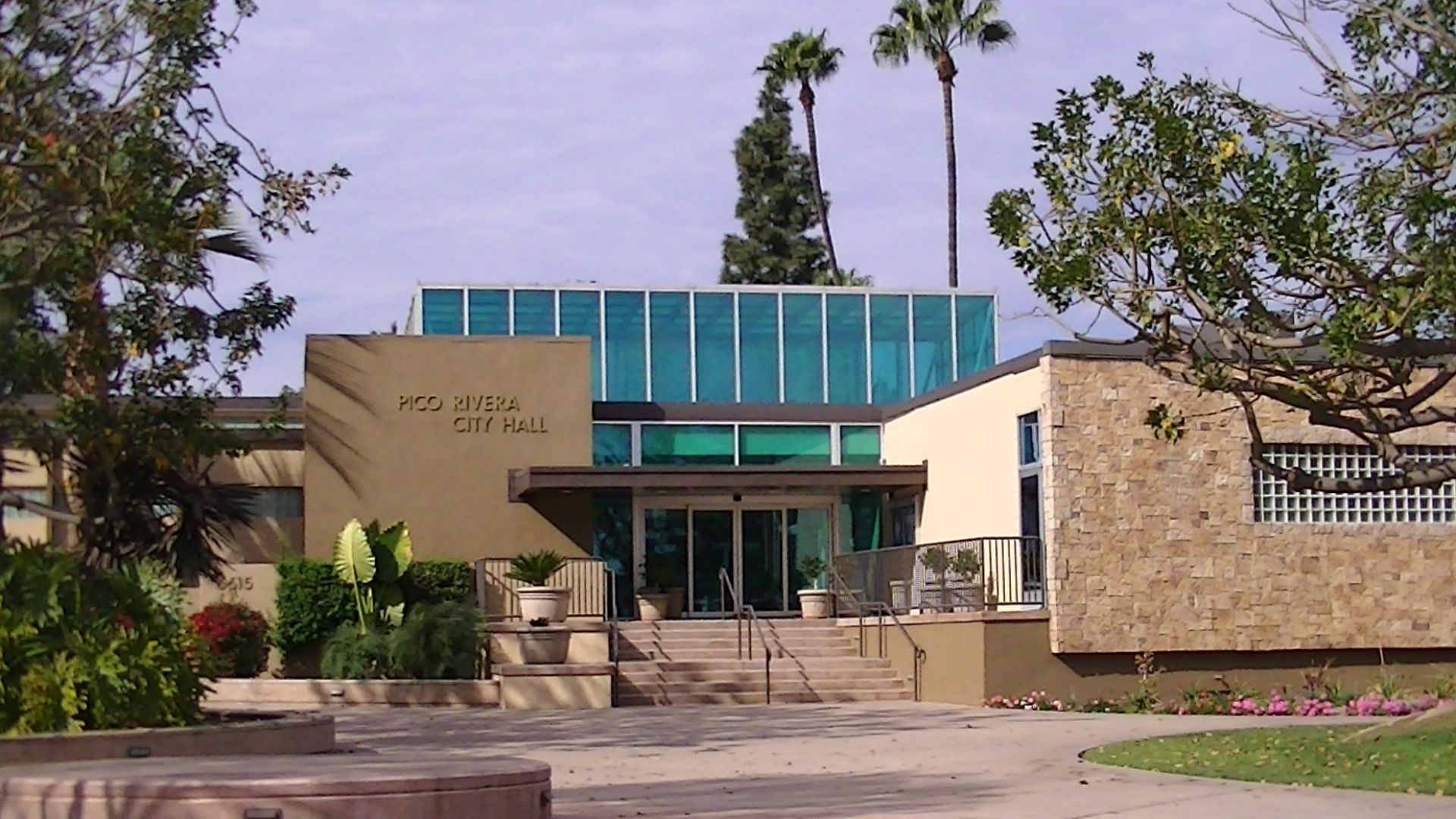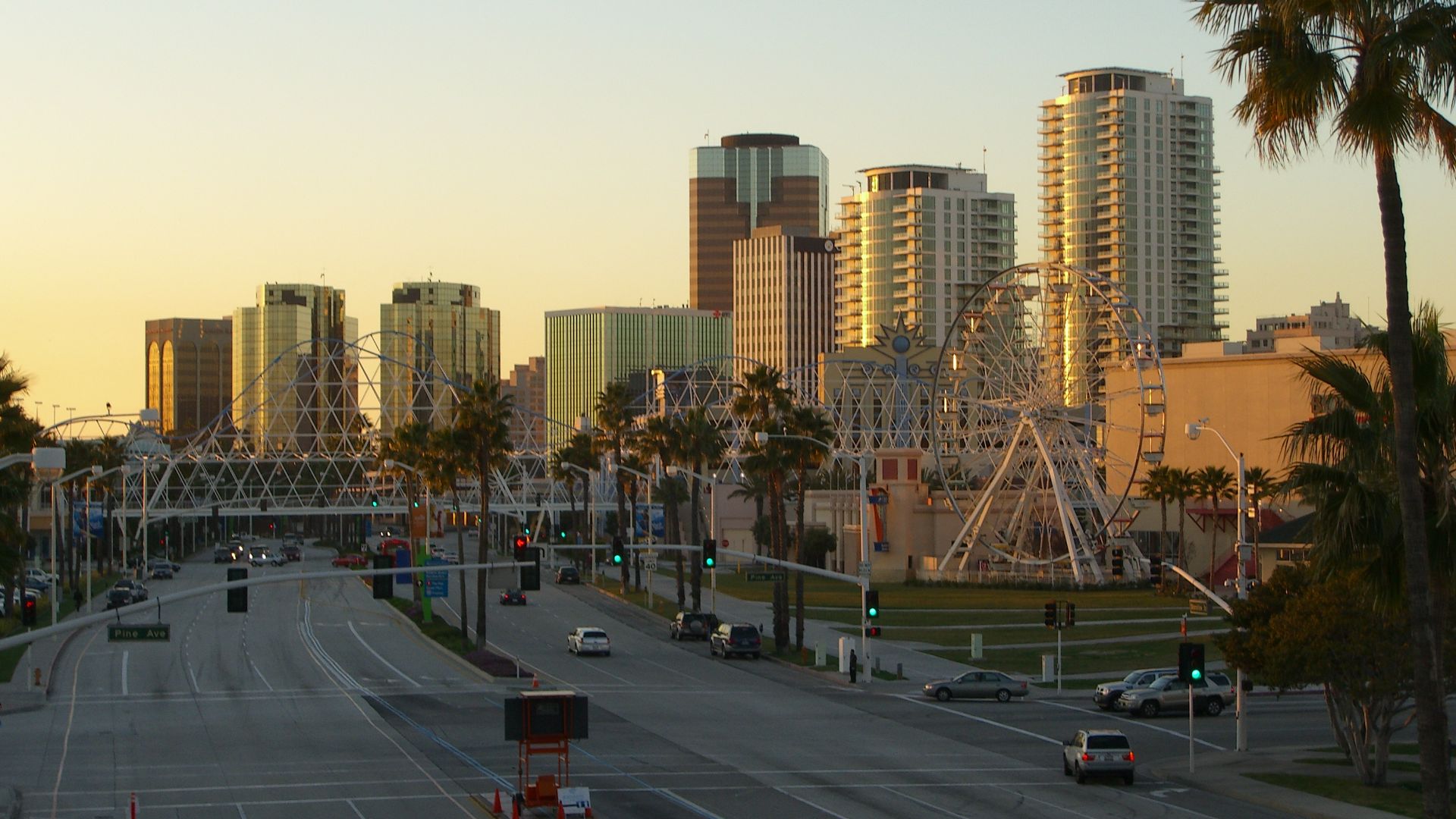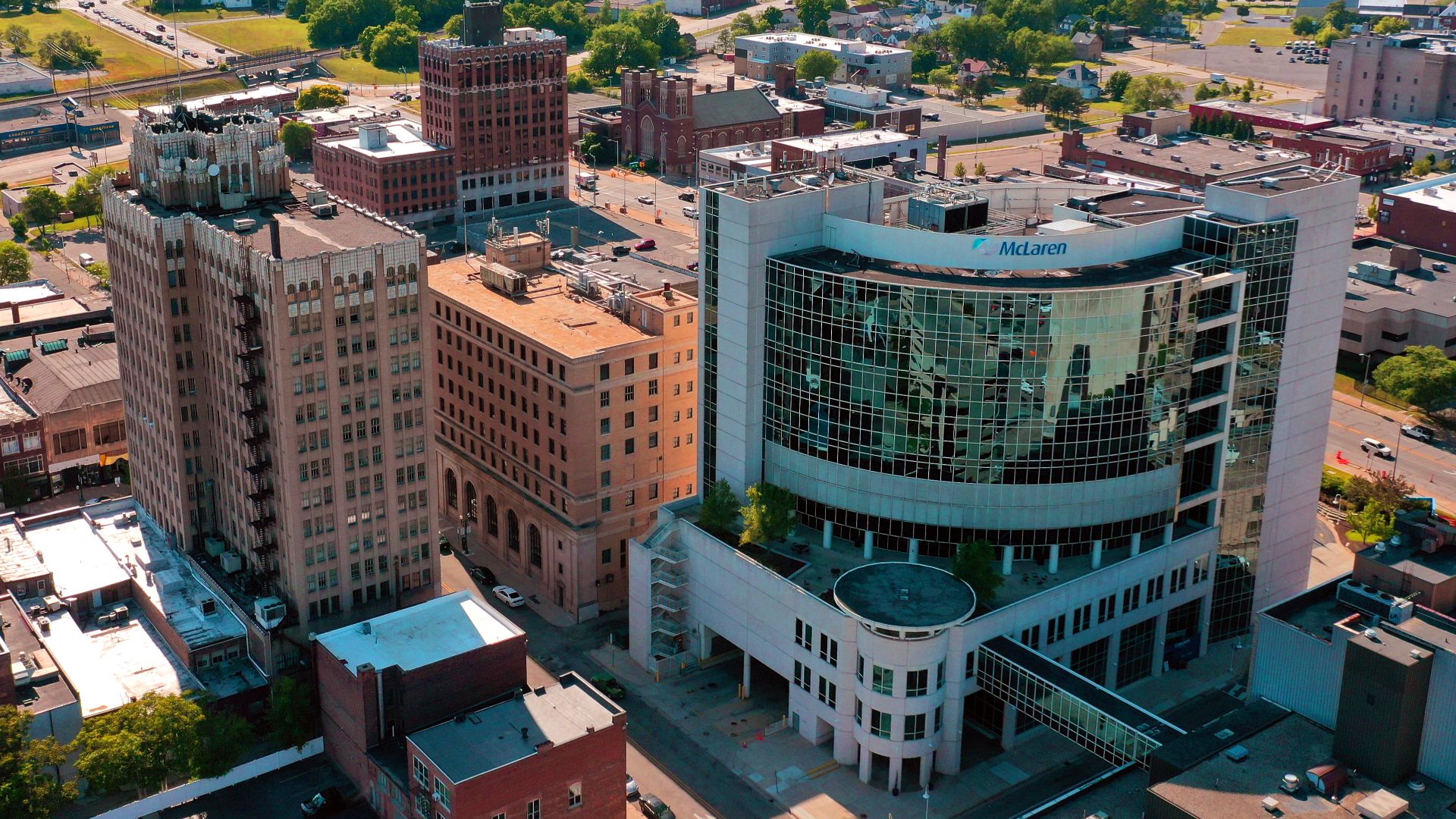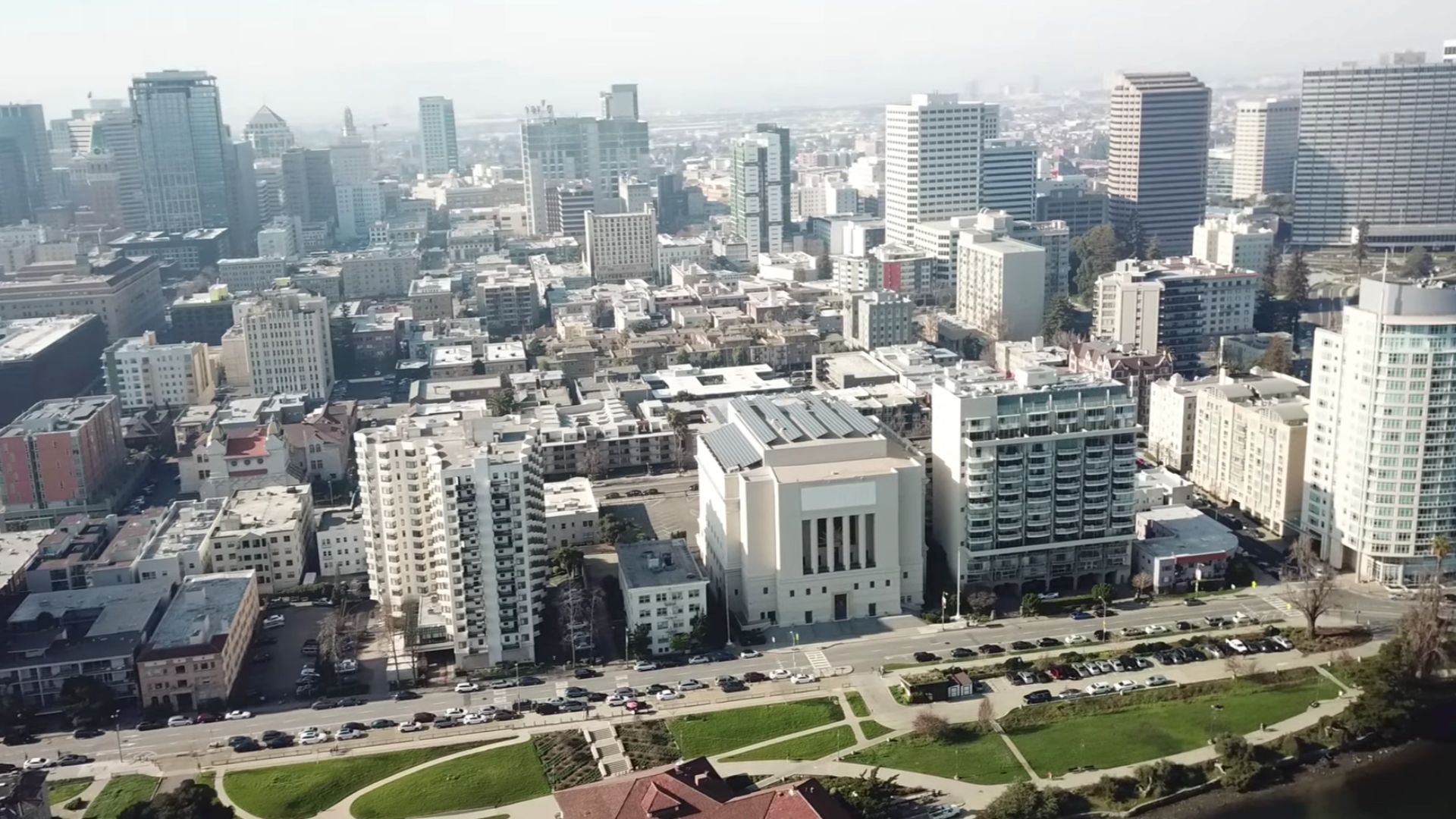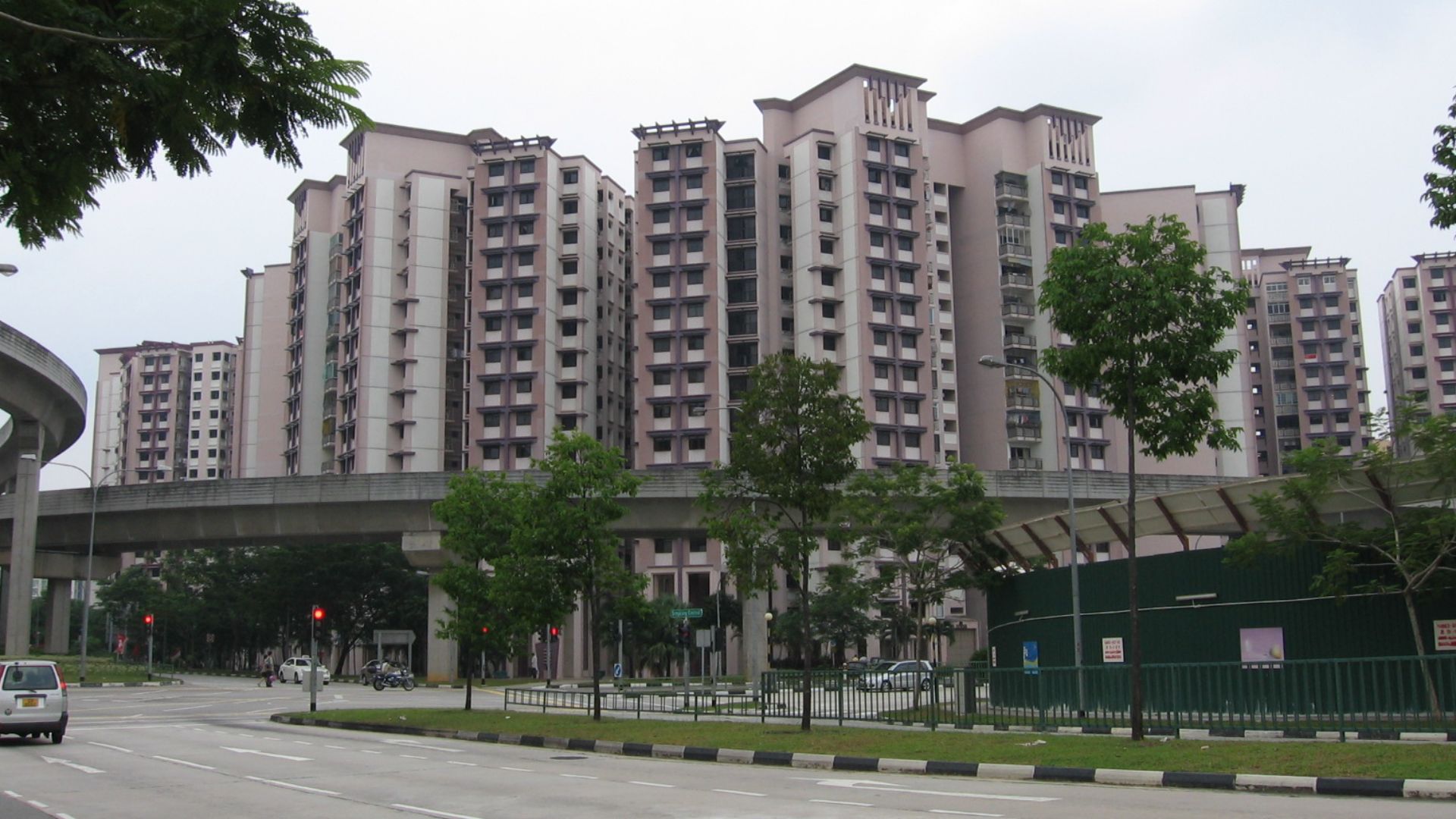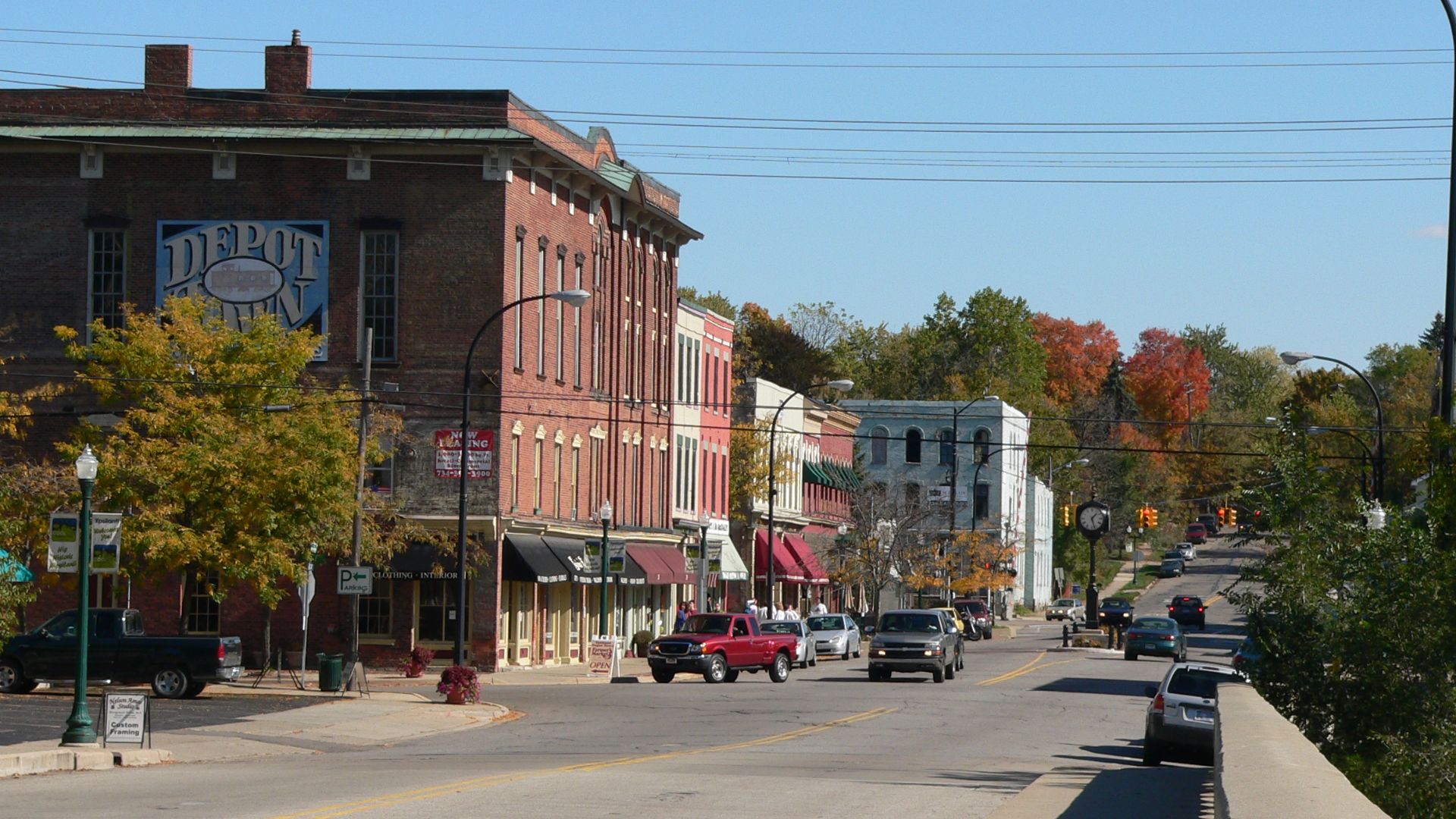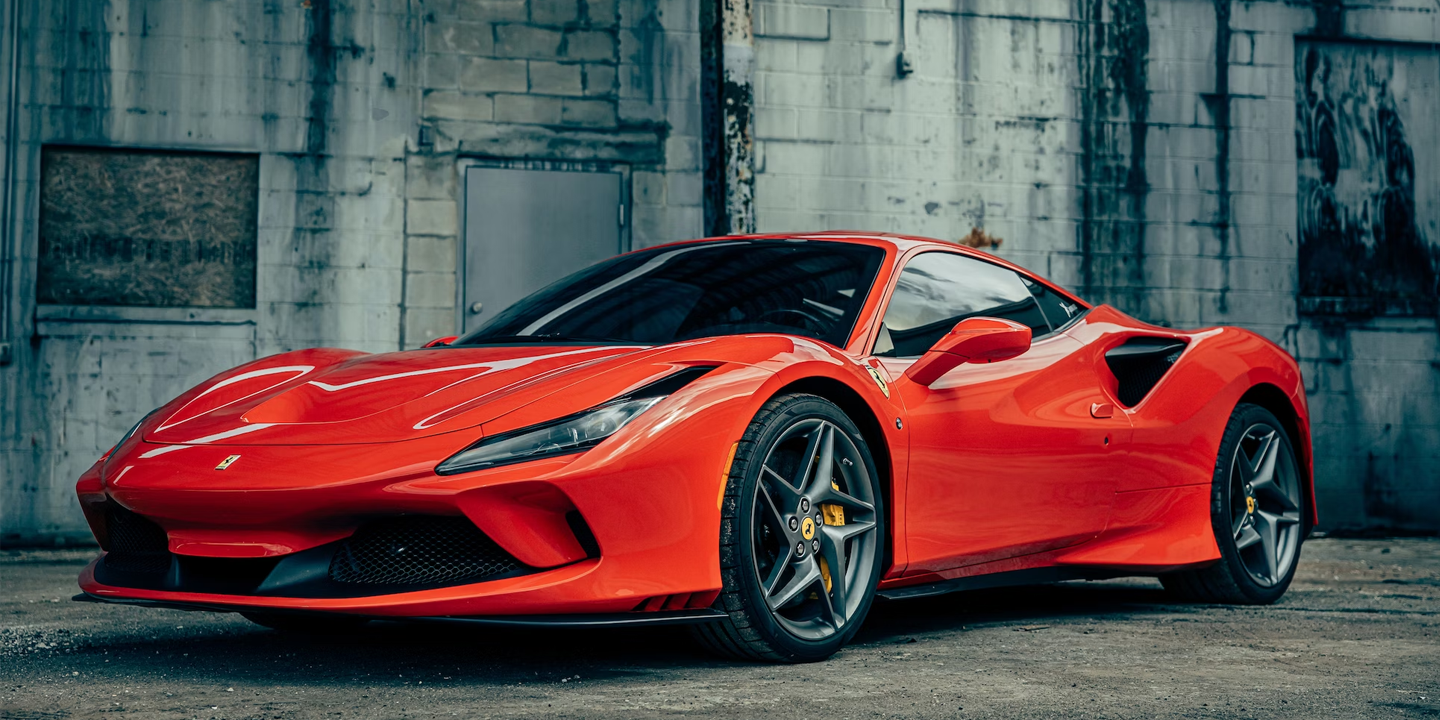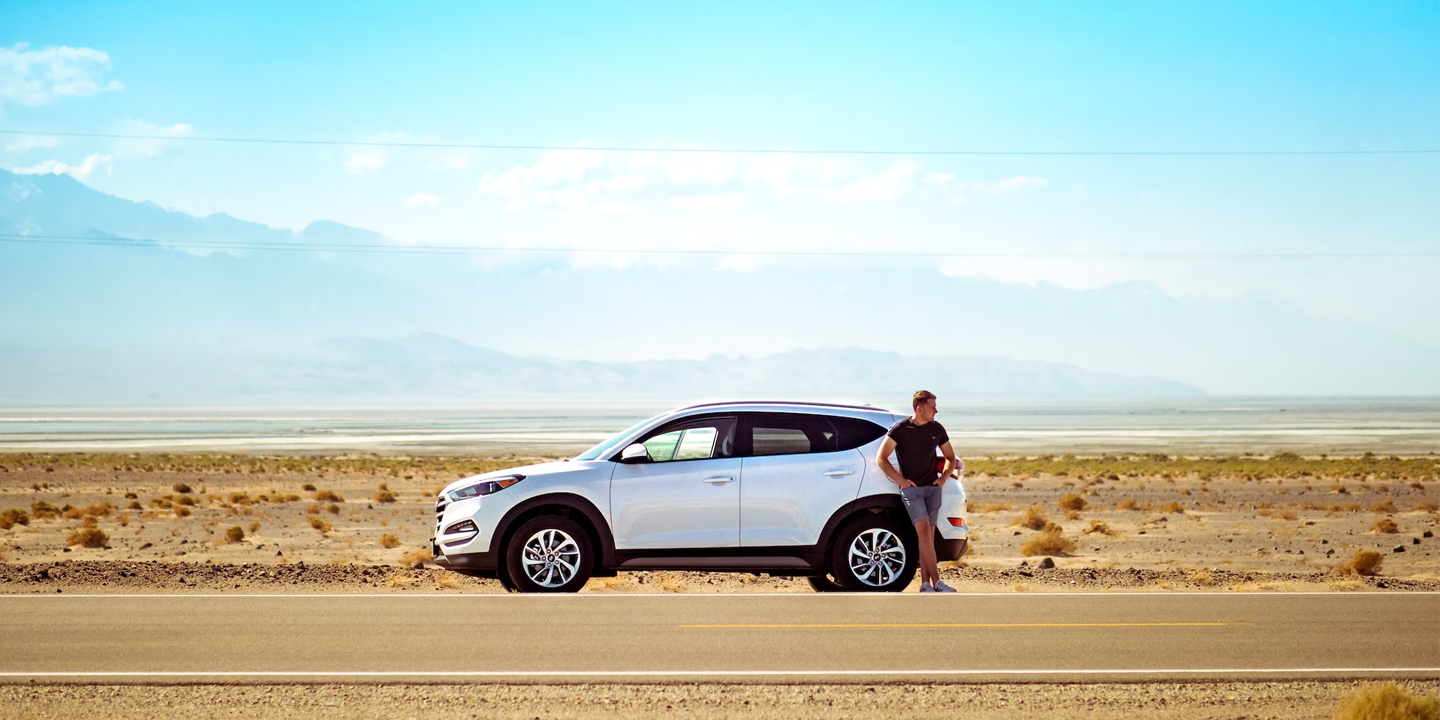America’s Lost Auto Capitals
America once buzzed with factories shaping the future of transportation. Entire cities thrived on the rhythm of assembly lines and the pride of building something that moved the nation. Over time, those engines quieted as industries shifted and plants closed. The echoes of that era still linger in old warehouses and forgotten lots. Let’s revisit the cities that once built America’s cars but now tell a different story.
1. Baltimore, Maryland
Baltimore’s automotive chapter ended in 2005 when the GM Assembly plant closed its doors. For decades, it produced Chevy and GMC models, later pivoting to hybrid transmissions. Its final shutdown marked the end of large-scale car manufacturing in Maryland’s biggest city.
2. Anderson, Indiana
Once called “The Detroit of Indiana,” Anderson thrived on the hum of General Motors production lines. The city’s Delco Remy plant turned out countless auto parts before shutting down in 1987. Today, the old site has been reimagined for new industries, yet its automotive legacy lingers.
3. Connersville, Indiana
In the early 1900s, Connersville was a hive of car-building energy. The Auburn Automobile Company put this small Indiana town on the map until the 1930s. During World War II, the old plant shifted gears to military production to keep its mechanical heart alive a bit longer.
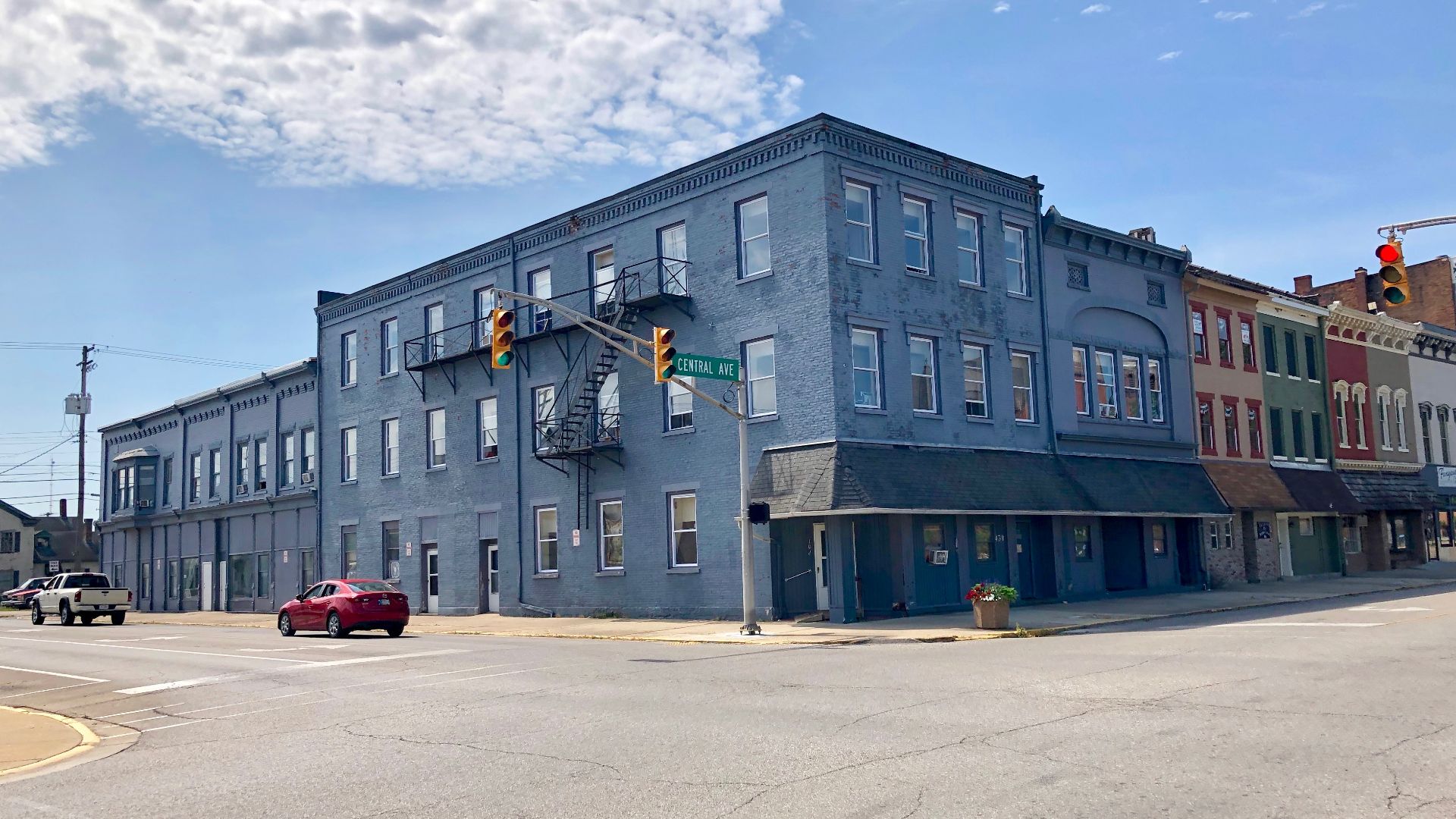 Warren LeMay from Cullowhee, NC, United States on Wikimedia
Warren LeMay from Cullowhee, NC, United States on Wikimedia
4. Doraville, Georgia
Doraville once buzzed with the sounds of GM assembly lines building Chevrolets, Pontiacs, and Oldsmobiles. From 1947 to 2008, the plant defined the city’s skyline and economy. Now, its transformation into a mixed-use hub aptly named “Assembly” nods to its industrial past.
5. Fenton, Missouri
Fenton’s Chrysler St. Louis Assembly covered a staggering 3.5 million square feet. Trucks and minivans rolled out daily until the 2009 bankruptcy reshaped Chrysler’s footprint. The plant’s closure left a void in local life, remembered by generations of workers and families.
6. Hapeville, Georgia
Just beside Atlanta’s airport stood the Ford Atlanta Assembly plant, a local landmark until 2006. It churned out Ford Taurus and Mercury Sable sedans for decades. Now, Porsche’s North American Headquarters occupies the space, symbolizing a full-circle automotive story.
 formulanone from Huntsville, United States on Wikimedia
formulanone from Huntsville, United States on Wikimedia
7. Janesville, Wisconsin
Janesville held the title of GM’s oldest operating plant until 2008. For years, massive Suburbans and Yukons took shape inside those walls. Once a source of immense pride, the plant’s demolition closed a century-long chapter that helped define the city’s identity.
8. Kenosha, Wisconsin
Kenosha built its reputation on the back of the American Motors Corporation. From Ramblers to AMCs, and later Chrysler vehicles, this city was once a Midwest car hub. When the plant shut down in 1988, it signaled the curtain call for AMC’s proud legacy.
 Kenokewl of English Wikipedia on Wikimedia
Kenokewl of English Wikipedia on Wikimedia
9. Pico Rivera, California
Ford’s time in Pico Rivera began in 1958, bringing assembly jobs and Mercury models to Southern California. The Edsel line also rolled out from here before the plant shut its doors in 1980. Years later, aerospace operations replaced the hum of car engines along Washington Boulevard.
10. Long Beach, California
Kaiser-Frazer gave Long Beach a short but fascinating automotive moment between 1949 and 1951. The plant near the airport assembled Deluxe and Traveler models before switching to aircraft production. Though brief, it remains a quirky footnote in the city’s industrial history.
11. Mahwah, New Jersey
When Ford’s Mahwah Assembly opened in 1955, it became the largest car plant in America. Workers built Fords and Mercurys until 1980, when operations ceased. The land was later transformed into the Mahwah Corporate Center to replace car lines with office skylines.
12. Moraine, Ohio
Moraine’s GM Assembly plant had a rich life building SUVs like the TrailBlazer and Envoy. Its closure in 2008 ended decades of production, but the site found a new purpose. Fuyao Glass America revived the space, even earning a spotlight in the film American Factory.
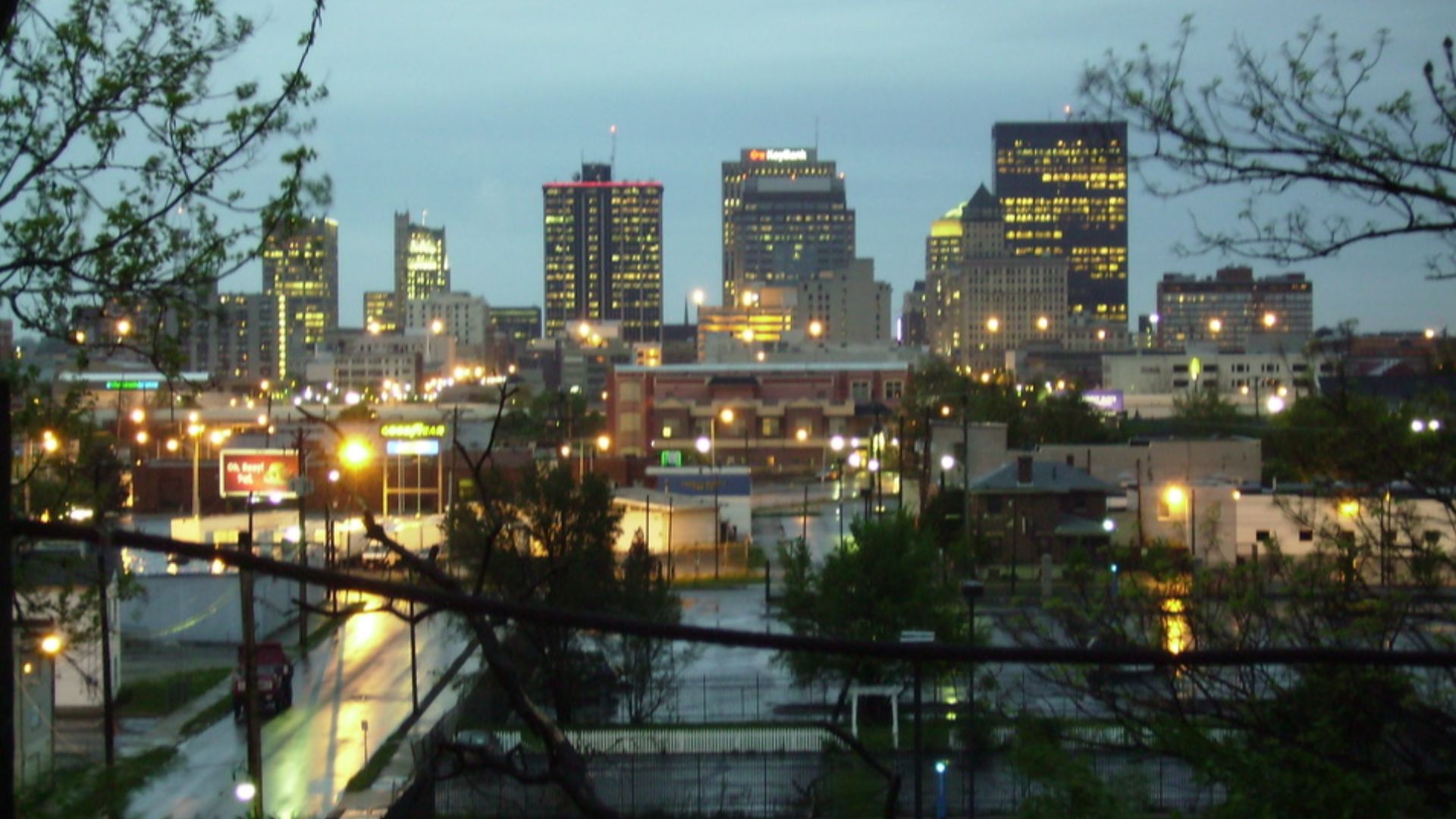 Jalen Dashawn Rogers on Wikimedia
Jalen Dashawn Rogers on Wikimedia
13. Norwood, Ohio
The Norwood Assembly plant was a cornerstone for GM from 1923 to 1987, producing icons like the Camaro and Firebird. Its closure led to bitter legal disputes, which reflected the city’s deep ties to the factory. Redevelopment followed, yet nostalgia still runs deep in Norwood.
14. Linden, New Jersey
For nearly seven decades, Linden Assembly stood tall as a General Motors powerhouse. Opened in 1937, it produced a mix of Chevrolet and Oldsmobile vehicles. Today, a bustling residential and retail development has taken its place and carries echoes of its manufacturing roots.
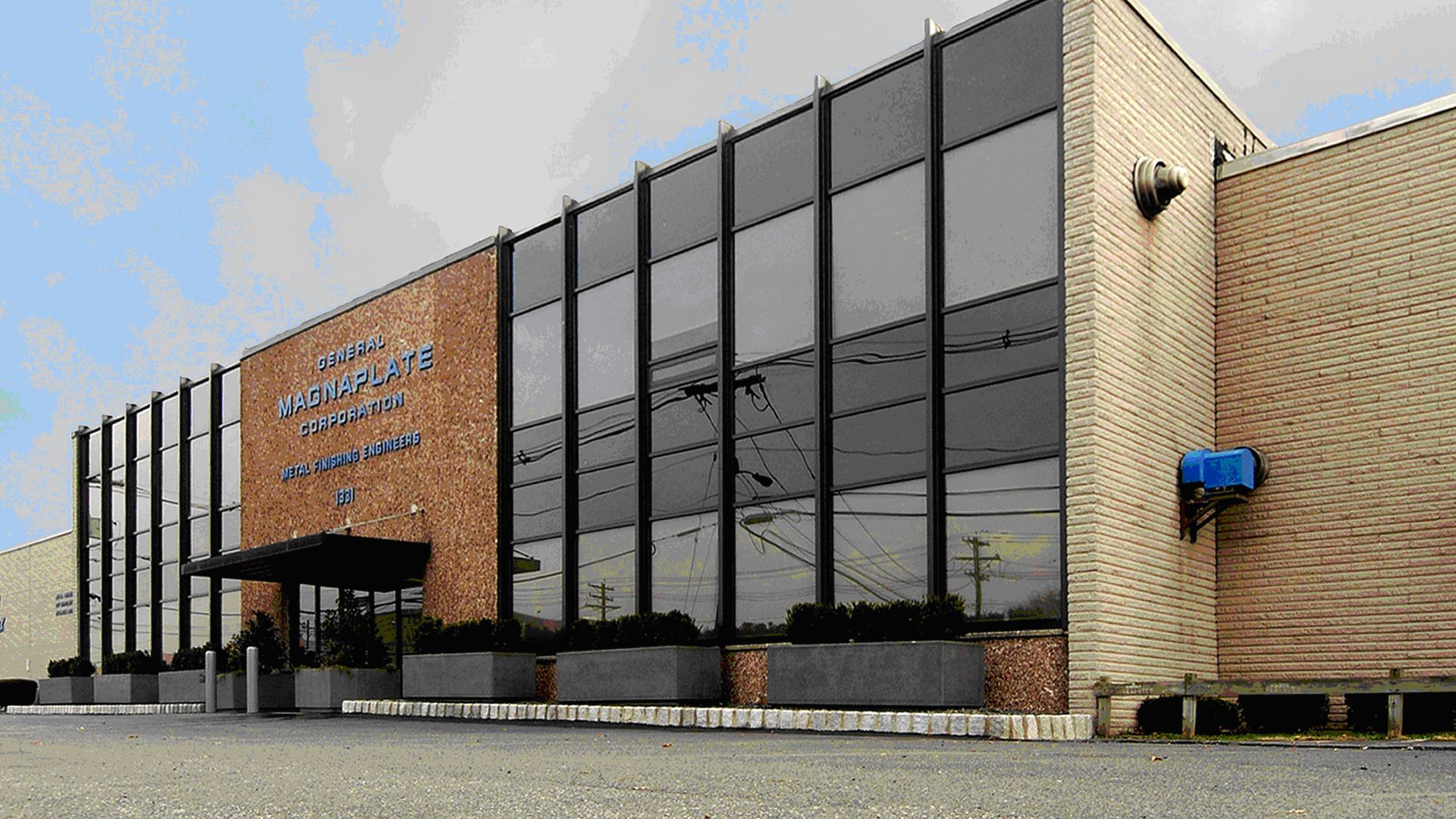 General Magnaplate on Wikimedia
General Magnaplate on Wikimedia
15. Framingham, Massachusetts
From 1948 through 1989, Framingham’s GM plant produced cars for Chevrolet and Oldsmobile. When it closed, the town faced a major shift in its economy. The site hosts an auto auction center today—an ironic twist for a place once known for building them.
16. Pontiac, Michigan
Few cities shared a bond with a brand quite like Pontiac. The Michigan city carried the automaker’s name proudly until the last plant shut down in 2009. For decades, its factories built everything from sleek Pontiacs to sturdy GMC trucks before the brand’s final farewell.
17. Oakland, California
Long before Silicon Valley stole the spotlight, Oakland was an automotive pioneer. The Chevrolet plant operated there from 1916 to 1963 and produced both cars and trucks. After closing, it transitioned into warehouses, quietly storing goods where engines once roared.
18. South Bend, Indiana
South Bend’s story runs deep in American automotive history, thanks to Studebaker. Its sprawling plant once produced elegant cars and dependable trucks until its closing in 1963. Today, echoes of that legacy live on through the Studebaker National Museum and preserved factory buildings downtown.
19. South Gate, California
Back in 1936, South Gate roared to life with the arrival of GM’s bustling assembly plant. The facility crafted everything from Chevrolets to Cadillacs before winding down in 1982. Spanning Tweedy Boulevard, it stood as a symbol of Southern California’s industrial boom.
20. Ypsilanti, Michigan
What began as a World War II bomber factory at Willow Run transformed into a GM transmission plant after the war. For decades, it kept Ypsilanti on the map for auto manufacturing until its 2010 closure. Today, the Yankee Air Museum preserves that remarkable transition from aircraft to autos.



